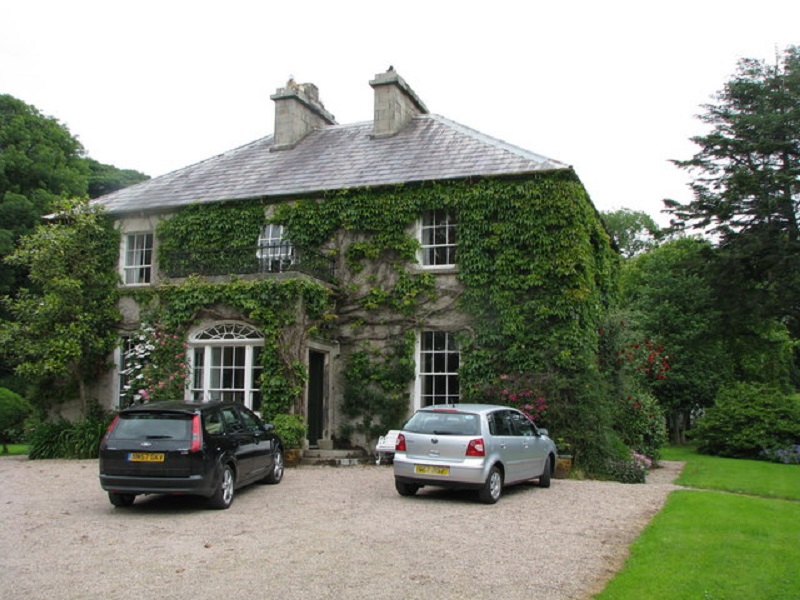The Residence Nil Rate Band, or the family home allowance, has become more generous, rising to £125,000 for this tax year and making it easier to pass on the family home. However, there are a number of qualifying conditions that need to be passed in order to be eligible for it.
More and more estates are pushed over the inheritance tax threshold limit as it has frozen at £325,000 since April 2019. Inheritance Tax receipt stood at £4.9 billion in 2015-2016 and residential property makes up approximately a third of the total value of taxpaying estates.
To reduce the burden of inheritance tax for most families, the government introduced the RNRB in April 2017, applying to the family home when it is passed on death to direct descendants. The maximum available amount of the additional threshold started out at £100,000 in 2017/2018, and will rise by £25,000 each tax year until it reaches £175,000 by 2020/21, which will then increase in line with the Consumer Prices Index for subsequent years.
However, there are a few rules surrounding the RNRB. For example, only one property can qualify and the person must have actually lived there at some point. For any estates worth more than £2m, the band will be tapered off at a rate of £1 for each £2 it is over the limit. This means the allowance will be completely lost if a joint estate is worth more than £2.5m in 2018/19, rising to £2.7m from 2020/21.
The nominated property can then only be left to direct descendants, which means that anyone without children has essentially been overlooked and won’t be in a position to benefit. It also won’t apply if the property in question is gifted to a direct descendant rather than being left to them upon death.
The rules regarding inheritance tax are complicated, and for those who are unsure or have complex financial affairs, it is advised to seek an expert. A Charles Stanley Financial Planner, for example, can help with this aspect of any financial arrangements.


